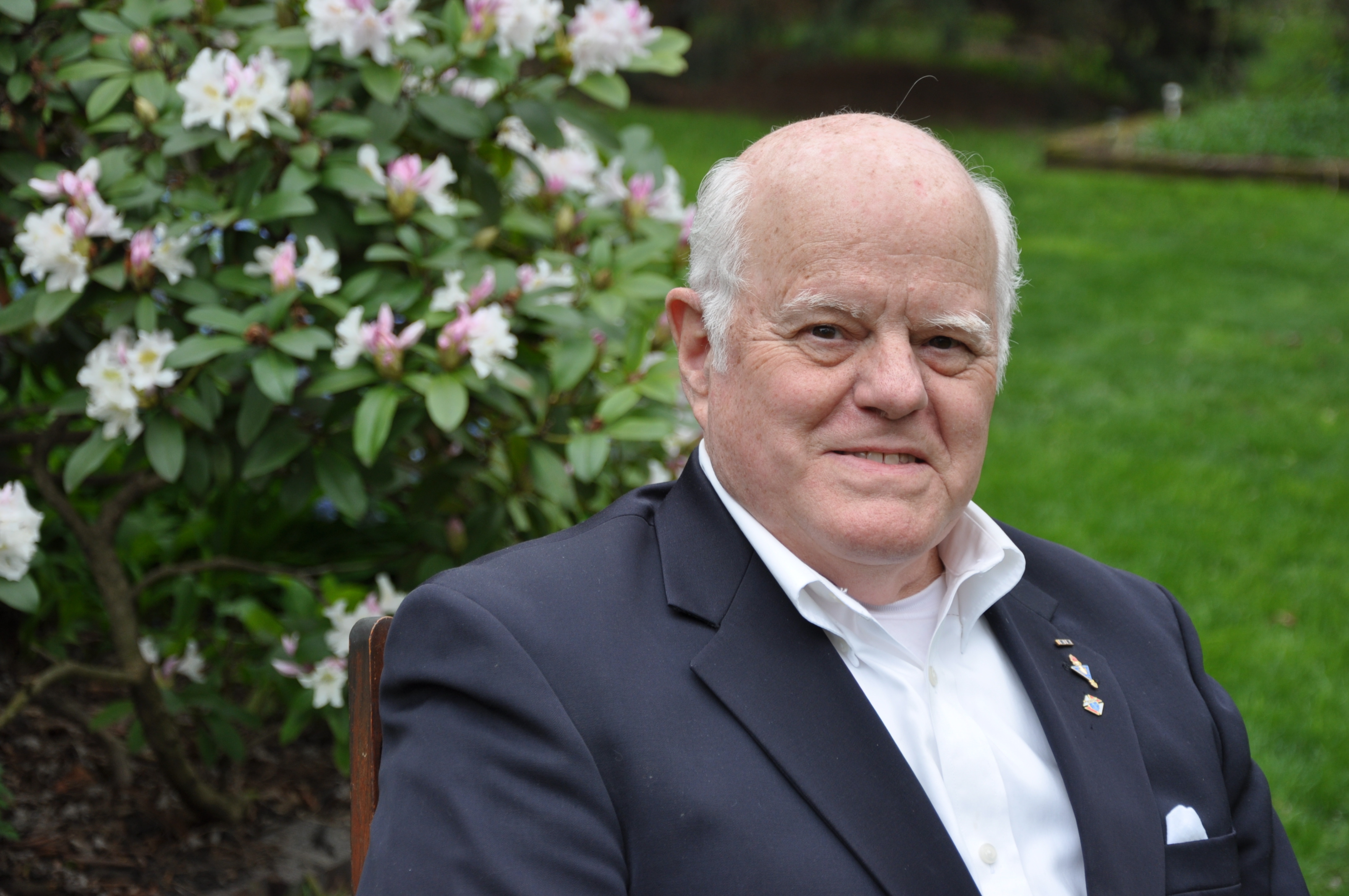
- BY ADMIN
- 28 JANUARY, 2020
The Sabbath Worship by Jews At synagogue
One of the most distinctive and conventional practices of Jews is Sabbath worship. The observance begins before sundown each Friday through the completion of nightfall on Saturday. Shabbat has its origins in the Torah and it is considered a day of complete cessation of labor and comes as a day of physical and spiritual delights and pleasures.
The religious narrative fiction, I Am Only Mary written by Thomas Atzberger explores the culture of the times during the life of Mary, the mother of Jesus, and how community people and holy visitors worship their holy rituals including the Sabbath worship at the community synagogue. Mary, an ardent religious girl desired to know about religious services held at the synagogues. She would listen to spiritual prayers with keen interest during Sabbath worship.
The Sabbath worship at the synagogue begins with people entering Bima. The readers stand in front of the Ark and begin their service with two prayers. The prayers are led by the leader of the synagogue known as the chazzan. He will begin and end each paragraph in Hebrew out loud. While listeners respond by saying “amen. In the prayers, the devotees praise God and show their gratitude to God for bestowing His great blessings on them.
The prayer states, “Blessed be the Lord our God for the glory of His handiworks, and for the light-giving lights which He has made for His praise. Selah. Blessed be the Lord our God, Who has formed the lights. He is the creator of the universe. The God is our King, our savior, our help, and our deliverer.”
During Sabbath services, community people are appropriately dressed. Women wear a longish skirt and a traditional top and cover their hair as well. Men keep their heads covered, wearing a prayer shawl called a tallit draped over their shoulders.
After introductory Hymns, the priest begins with the services of Shema. It is the most significant prayer among other Jewish prayers as it speaks of the wonders of nature and the angels. The congregation anticipates that blessings precede throughout the service. Shema includes reading three passages from Torah. The first passage emphasizes the followers to love God, learn the Torah, and pass on these traditions to their posterity. While reading the second paragraph, the believers learn about the blessings of obeying God and learn about the consequences of disobedience. The third paragraph speaks about the command to wear the tzitzit to remember the escape from Egypt and the commands Moses received then.
Once this prayer ends, the rabbi takes his place before the Ark and repeats certain Eulogies. The first three and the last three Eulogies are recited during the Sabbath ritual. Praying these benedictions follows the last Eulogy, which brings blessings and peace to the people of Israel. After the last Eulogy, The Talmud, a book of Jewish law is read by the priest. The religious texts consist of prayers and rabbinical discussions related to Jewish law, biblical interpretation, ethics, customs, and history.
The last Eulogy is the final liturgical part of the service. At this point, the leader of the synagogue begins with the primary object of the service. This follows the reading of the law. On the Sabbath day, seven persons are summoned to the Ark to read portions from the Law. Then the minister read a section from the prophets, known as Haphtarah. The congregation also listened to a sermon called the Derashah.
Shabbat finishes about an hour after sunset on Saturday evening. A short ceremony is performed by Jewish families. It is called Havdalah, candles with several wicks are lit and devotees thank God for His blessings.
About The Book
Reading the book will help you know the pious role of Mary. I Am Only Mary by Thomas W. Atzberger makes Mary accessible to us as a fellow Christian, emphasizing her humanity and her virtuous living of the call God gave to her. Mary, a devout girl showed her obedience and love to God.
The book is organized to give the readers the flavor of Mary’s probable life. It explores the culture of the times during the life of Mary, people were engaged in cordial interpersonal relationships. The author illustrates the prehistoric setting that brings us into Mary's everyday life, introducing us through quiet observation to her childhood and family as well as how she responded to these normal events including meeting intellectuals, worshiping Shabbat, and other traditions. The book delves into Mary’s adolescence and her betrothal process with Joseph. At that moment, she received a vision from The Holy Spirit that Mary, being a blessed woman will conceive and bear a holy child. Mary planned to visit her relative Elizabeth to convey to her the surprising news of her childbearing.
The end of the book shows Mary’s journey to her home. She felt more confident and strong to execute the big responsibilities ahead. She courageously lived out her life, fulfilling her role as a caring and loving wife, and, ultimately, looking forward to the birth of her child.
I Am Only Mary is available on different online platforms. The book can be read by anyone who has a keen interest to know in Mary’s life. Since the history and biography about Mary are hardly available, reading this prose meditation brings us close to her.
About the Author
Thomas Atzberger is a retired lawyer from Columbus, Ohio, and has been married to his wife Christina since 1970, with three adult children. Tom is an attorney by training and is a supervisor of stockbrokers. His inspiration for this work came from his life experience as a husband, father, uncle, neighbor, and relative of many in his extended family. His earnest feelings are that we should follow the virtuous living, and practice religious acts that work out our salvation. Thomas Atzberger aims to make Mary’s biography more interesting for the readers.